Home>diy>Architecture & Design>How To Design A House For Art
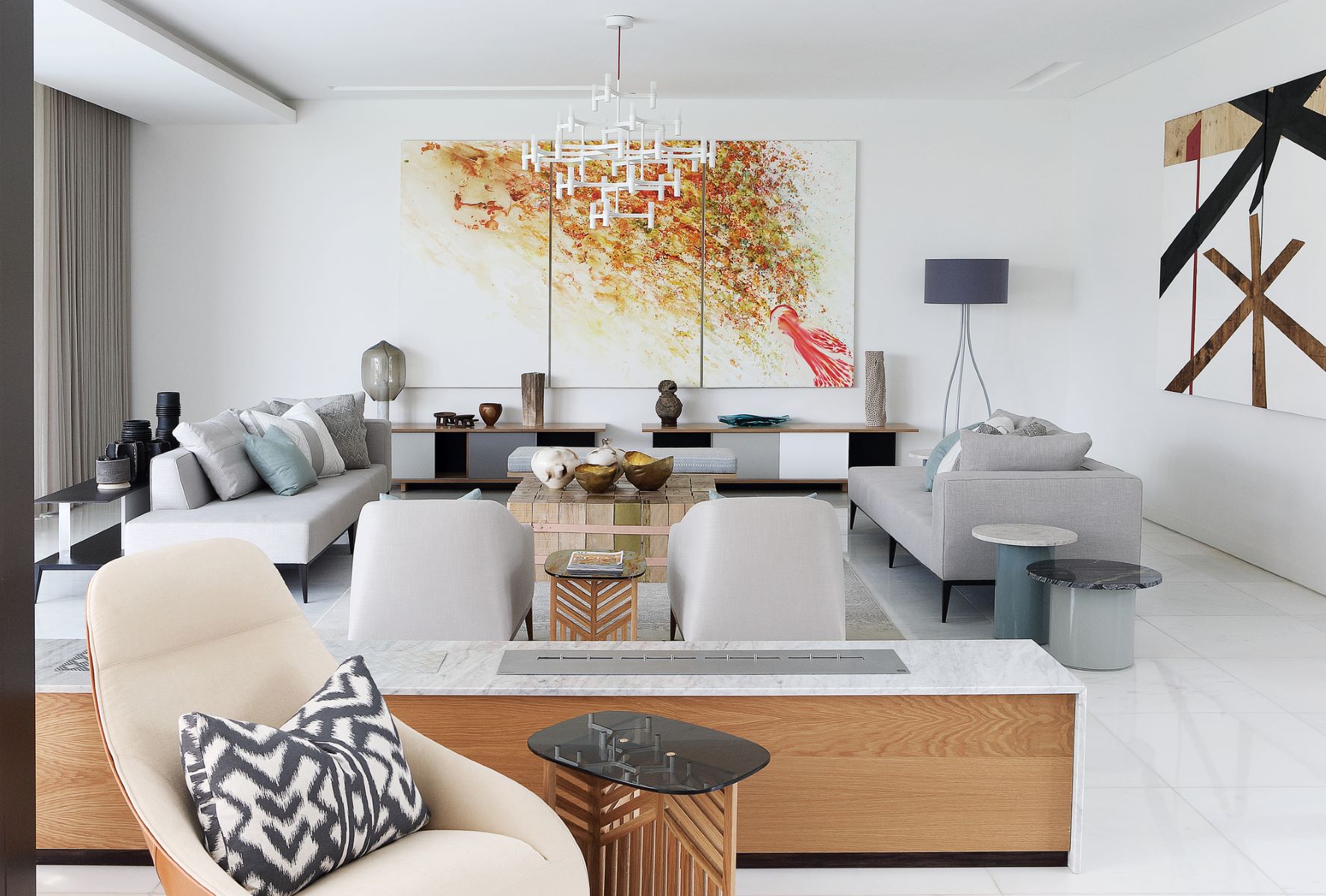

Architecture & Design
How To Design A House For Art
Modified: January 21, 2024
Learn how to design a house that showcases your art with expert tips on architecture design. Create a space that seamlessly integrates art into your home.
(Many of the links in this article redirect to a specific reviewed product. Your purchase of these products through affiliate links helps to generate commission for Storables.com, at no extra cost. Learn more)
Introduction
Welcome to the world of art and architecture, where creativity meets functionality in the design of a house built to celebrate and showcase artwork. Designing a house for art is a unique and exciting endeavor that requires a deep understanding of both artistic vision and architectural principles.
Art has the power to transform a space, evoking emotions, stimulating conversation, and inspiring imagination. Whether you are a collector or an artist yourself, having a house designed specifically to enhance and accommodate your art collection or creative process is a dream come true.
In this article, we will explore the essential elements to consider when designing a house for art. From creating an inspiring studio space to incorporating storage solutions and selecting the right color palette, we will guide you through the process of creating a space that not only showcases your art but also complements your artistic vision.
Ready to dive in? Let’s begin by understanding the artistic vision and how it influences the overall design of your art-centric house.
Key Takeaways:
- Designing a house for art requires a deep understanding of the artistic vision, incorporating natural light, effective artwork display, and durable materials to create a harmonious environment that celebrates and enhances the art within.
- Balancing functionality and aesthetic appeal is essential when designing a house for art, ensuring that the space not only showcases artwork but also provides a comfortable and livable environment for everyday life.
Read more: How To Connect A Porch Roof To House
Understanding the Artistic Vision
The first step in designing a house for art is gaining a deep understanding of the artistic vision behind the artwork that will be displayed. Whether you are an artist yourself or a collector, each artwork has its unique style, theme, and mood that should be reflected in the design of the house.
Start by studying the artwork and identifying its dominant elements. Is it bold and vibrant, or subtle and minimalist? Does it have a specific cultural or historical context? Understanding these aspects will help you determine the overall ambiance and vibe that should be incorporated into the house’s design.
Consider the scale and size of the artwork as well. Large, statement pieces may require spacious rooms with high ceilings, while small and intricate pieces may benefit from more intimate and well-lit spaces.
Take into account the desired emotional response and impact the artwork should have on visitors. If the art evokes tranquility and serenity, you may want to create spaces that are calm and peaceful, with natural elements like flowing water or lush gardens. On the other hand, if the art is bold and provocative, you might opt for a more daring and edgy design approach.
Collaborating with the artists themselves can provide invaluable insights into their artistic vision. Engage in conversations with the artists, attend exhibitions, and visit galleries to gain a deeper understanding of their work.
By understanding the artistic vision, you can tailor the architectural design of the house to create a cohesive and harmonious space that not only complements the art but also enhances the overall experience for both the artist and the viewer.
Creating an Inspiring Studio Space
For artists, having a dedicated and inspiring studio space is essential for their creative process. When designing a house for art, it is important to consider how to create a studio space that meets the unique needs of the artist.
Start by identifying the ideal location for the studio within the house. Consider factors such as natural light, noise levels, and privacy. A space with ample natural light is ideal for artists, as it allows them to accurately see colors and textures in their work. Additionally, consider the size and layout of the studio to accommodate the specific medium or techniques used by the artist.
Ensure that the studio has sufficient storage for art supplies, equipment, and works in progress. Shelving units, cabinets, and drawers can help keep the space organized and functional. Consider installing a sink or a professional-grade ventilation system if necessary.
When choosing the flooring for the studio space, opt for durable and easy-to-clean materials, such as hardwood or concrete. These materials can withstand heavy foot traffic and can easily be maintained, allowing the artist to focus on their creative process without worrying about damaging the flooring.
The layout and organization of the studio should be designed to optimize the workflow and efficiency of the artist. Consider the placement of work areas, easels, and storage units. Ensure that there is enough space for the artist to move freely and work comfortably without feeling cramped.
Lastly, don’t forget to incorporate inspiring details into the studio design. Consider adding large windows with a view, a cozy reading nook, or even inspirational artwork on the walls. These elements can help foster creativity and provide a sense of inspiration and motivation for the artist.
By creating a well-designed and inspiring studio space within the house, artists can immerse themselves in their work and unleash their full creative potential.
Maximizing Natural Light
Natural light is a crucial element in designing a house for art. It not only enhances the overall aesthetic appeal of the space but also plays a significant role in showcasing artwork in its true colors and textures. Here are some strategies to maximize natural light in your art-centric house:
- Orientation: When designing the layout of the house, consider the orientation of the rooms in relation to the sun’s path. Position rooms where you plan to display artwork, such as galleries or studios, in a way that maximizes the natural light they receive. South-facing rooms tend to receive the most sunlight throughout the day, while north-facing rooms have a cooler and more consistent light.
- Windows: Incorporate large windows or floor-to-ceiling glass panels in areas where natural light is desired. This allows for an abundance of daylight and a connection between the indoor space and the surrounding environment. Consider installing windows strategically to capture the best views and take advantage of the changing natural light throughout the day.
- Skylights: Another effective way to bring in natural light is through skylights. Installing skylights in areas with limited access to natural light, such as hallways or bathrooms, can brighten up those spaces and create a more inviting atmosphere.
- Reflective Surfaces: Incorporate reflective surfaces, such as mirrors or light-colored walls, to bounce natural light around the room and enhance its distribution. This can help illuminate darker corners and create a more spacious and airy feel.
- Window Treatments: Choose window treatments that allow for flexibility in controlling and diffusing the natural light. Sheer curtains or blinds can filter and soften the sunlight while still allowing for a view of the outdoors. Consider using motorized blinds or shades to easily adjust the amount of light entering the space.
Maximizing natural light not only highlights the artwork but also creates a more welcoming and pleasant environment for occupants and visitors. The interplay between light and shadow can add depth and dimension to the space, enhancing the overall visual experience.
By carefully considering the orientation, incorporating well-placed windows and skylights, and using reflective surfaces and appropriate window treatments, you can make natural light a focal point in your art-centric house.
Displaying Artwork Effectively
When designing a house for art, the way you display the artwork is crucial to its impact and appreciation. Properly showcasing artwork can elevate its aesthetic value and create a captivating visual experience. Here are some strategies to effectively display artwork in your art-centric house:
- Gallery Walls: Create dedicated gallery walls or large display areas where artwork can be prominently featured. Consider the size, arrangement, and spacing of the artwork to ensure a visually balanced composition. Experiment with different layouts, such as salon-style arrangements or symmetrical grids, to add variety and interest.
- Lighting: Lighting plays a vital role in highlighting and enhancing artwork. Install adjustable track lighting or spotlights to illuminate individual pieces, ensuring that they are evenly and properly lit. Use LED bulbs with a high color rendering index (CRI) to accurately represent the colors and details of the artwork.
- Consider Sightlines: Pay attention to sightlines and ensure that artwork is visible from multiple angles and viewpoints. This allows viewers to fully immerse themselves in the art and appreciate its nuances. Avoid obstructing artwork with furniture or other objects.
- Showcasing Three-Dimensional Art: For sculptures, installations, or other three-dimensional art, create dedicated spaces that provide optimal visibility and allow for 360-degree viewing. Utilize pedestals, plinths, or wall niches to highlight these artworks effectively.
- Proper Artwork Placement: Consider the scale, proportion, and context when placing artwork in different areas of the house. Large-scale pieces can serve as focal points in spacious rooms, while smaller artworks can be thoughtfully placed in intimate spaces or hallway galleries.
- Grouping and Pairing: Experiment with grouping artworks by theme, color palette, or style to create visual narratives or connections. Pair complementary pieces together to enhance their impact and create a cohesive visual flow.
- Art Rotations: Keep your art display fresh by periodically rotating and rearranging the artwork. This gives you the opportunity to showcase different pieces and create new visual experiences for both yourself and your visitors.
- Labeling and Information: Provide informative labels or descriptions alongside the artwork, including the artist’s name, title, medium, and any relevant background information. This can facilitate a deeper understanding and appreciation of the art for viewers.
Effective artwork display enhances the overall ambiance and aesthetic appeal of your art-centric house. By considering gallery walls, appropriate lighting, sightlines, and proper placement, you can create an immersive and visually captivating environment that truly showcases and celebrates the art.
Read more: How To Add A Porch To Your House
Incorporating Storage Solutions
When designing a house for art, it’s important to consider the need for ample storage space to protect and preserve your valuable art collection. Effective storage solutions not only keep artwork organized but also ensure its longevity and easy accessibility. Here are some strategies to incorporate storage solutions in your art-centric house:
- Customized Cabinets and Shelving: Invest in custom-made cabinets and shelving units specifically designed to store and display artwork. These can be tailored to accommodate different sizes and types of artwork, providing proper support and protection.
- Archival Materials: Use archival-quality materials, such as acid-free folders, sleeves, and boxes, to store delicate and valuable artwork on paper or canvas. This helps prevent damage from light, moisture, and environmental pollutants.
- Climatic Control: Install climate control systems, such as humidity and temperature monitors, to maintain stable conditions within the storage area. This helps prevent fluctuations that could potentially damage the artwork over time.
- Secure Spaces: Consider incorporating a secure room or vault for storing high-value or rare artwork. This provides an added layer of protection against theft, fire, or other potential risks.
- Artwork Handling: Designate a designated area for safely handling and packaging artwork. Include a workspace with proper tools, such as gloves, foam padding, and packaging materials, to ensure careful handling during transportation or relocation.
- Vertical Wall Storage: Utilize vertical wall space to install hanging systems, such as French cleats or gallery rails, for displaying and storing artwork. This not only maximizes the use of wall space but also allows for easy rearrangement and flexibility.
- Labeling and Inventory: Develop a robust labeling and inventory system to keep track of your art collection. This can include digital records with detailed information about each artwork, such as its dimensions, artist, acquisition date, and value.
- Consider Hidden Storage: Incorporate hidden storage solutions, like secret compartments or concealed drawers, to maintain a clean and minimalist aesthetic while providing functional storage space for smaller artwork or valuable objects.
By incorporating these storage solutions into your art-centric house, you can ensure that your art collection is not only well-organized and protected but also easily accessible for your enjoyment and sharing with others.
When designing a house for art, consider incorporating ample natural light and neutral wall colors to create a gallery-like atmosphere that allows the artwork to shine.
Choosing the Right Color Palette
When designing a house for art, selecting the right color palette is crucial as it sets the tone and complements the artwork on display. The color scheme of your space can enhance or detract from the visual impact of the artwork. Here are some considerations for choosing the right color palette:
- Neutral Background: Opt for a neutral background color palette to create a clean and timeless canvas for the artwork. Shades of white, beige, gray, or soft pastels allow the artworks to take center stage without competing for attention.
- Contrast: Consider incorporating contrasting colors to make the artwork stand out. For example, if you have predominantly neutral walls, add bold accents in furniture or accessories to create a dynamic visual impact.
- Complementary Colors: Select colors that are complementary to the artwork on display. Complementary colors lie opposite each other on the color wheel and create a visually pleasing and harmonious balance. For example, if you have predominantly blue artwork, consider using warm orange or yellow tones in the room to create a vibrant contrast.
- Monochromatic Scheme: A monochromatic color scheme focuses on different shades and tones of a single color. This creates a sense of harmony and allows the artwork to take center stage while maintaining a cohesive aesthetic.
- Mood and Ambiance: Consider the mood and ambiance you want to create in the space. Warm colors, such as reds, oranges, and yellows, can create a cozy and energizing atmosphere, while cool colors, like blues and greens, evoke tranquility and calmness.
- Lighting Considerations: Keep in mind the type and intensity of lighting in the space when choosing your color palette. Different lighting can alter how colors appear. Consider using color samples and testing them under the lighting conditions of your home to ensure they complement the artwork.
- Artwork as Inspiration: Let the artwork itself inspire the color palette of the room. Look for dominant colors or subtle hues within the artwork and use them as a starting point to guide your overall color scheme.
- Natural Elements: Consider incorporating natural elements, such as wood or stone, within your color palette. These earthy tones can create a sense of warmth and bring a touch of nature into your art-centric space.
Remember, the color palette should complement the artwork and create a harmonious environment that enhances the visual experience. By carefully selecting colors that work well with the artwork and considering factors such as mood, contrast, and lighting, you can create a space that is both visually appealing and artfully cohesive.
Selecting Durable and Easy-to-Maintain Materials
When designing a house for art, it’s important to choose materials that are not only aesthetically pleasing but also durable and easy to maintain. Artwork requires the right environment and protection, and the materials used in the house play a significant role in preserving and showcasing the art. Here are some considerations for selecting durable and easy-to-maintain materials:
- Flooring: Opt for durable and low-maintenance flooring options, such as hardwood, laminate, or porcelain tiles. These materials can withstand heavy foot traffic and are easy to clean, which is essential in spaces where artwork is displayed.
- Walls: Choose washable paint or wallpaper for walls, especially in areas where artwork is hung. This makes it easier to clean and remove any smudges or marks that may occur during the handling or hanging process.
- Windows: Consider using easy-to-clean materials for window frames and treatments. Aluminum or vinyl frames are low-maintenance and require minimal upkeep. Choose window treatments that can be easily wiped clean or machine-washed.
- Countertops: Select durable countertop materials, such as quartz or granite, for areas where artwork may be displayed or handled, such as in-home art studios or galleries. These materials are resistant to scratches and stains and can withstand the occasional accidental spill.
- Lighting Fixtures: Choose lighting fixtures that are easy to maintain and clean. Opt for fixtures with accessible bulbs and removable glass or plastic covers, making it easier to replace bulbs and clean the fixtures when necessary.
- Furniture and Upholstery: Consider materials that are resistant to stains and can be easily cleaned, such as leather or fabrics with stain-resistant coatings. These materials help protect furniture from any accidental spills or stains that could occur near artwork display areas.
- Art Storage: When selecting storage solutions, choose materials that are sturdy, resistant to moisture and pests, and provide adequate protection for artwork. Consider options such as acid-free boxes, archival folders, or purpose-built art storage cabinets.
- Exterior Materials: If you plan to incorporate outdoor art installations or sculptures, consider materials that can withstand weather elements, such as stainless steel, bronze, or concrete. These materials are durable, require minimal maintenance, and can withstand exposure to the elements.
By selecting durable and easy-to-maintain materials throughout your art-centric house, you ensure that the focus remains on the artwork and its preservation. These materials provide practicality and longevity, allowing you to enjoy your art collection while minimizing the time and effort spent on maintenance and upkeep.
Incorporating Artistic Elements into the Architecture
Designing a house for art goes beyond simply displaying artwork on the walls. It involves seamlessly integrating artistic elements into the architecture itself, creating a harmonious and inspiring environment. By incorporating artistic elements into the design, you can create a space that celebrates and enhances the art as a whole. Here are some ways you can incorporate artistic elements into the architecture:
- Sculptural Design: Embrace sculptural forms in the architectural design of the house. Incorporate curves, unique angles, and organic shapes to create visually interesting and dynamic spaces.
- Art Installations: Consider creating dedicated spaces or niches for art installations within the architecture. This can involve integrating sculptures, murals, or other large-scale artworks that become an integral part of the design.
- Artistic Lighting: Use lighting as a form of artistic expression by incorporating decorative light fixtures, unique pendant lights, or creative lighting installations. These fixtures can themselves become works of art and contribute to the overall aesthetic.
- Architectural Details: Pay attention to the finer details of the architecture and incorporate artistic elements into elements like staircases, railings, windows, and doors. Consider introducing ornate or intricately designed details that add a touch of elegance and artistic flair to the space.
- Customized Features: Design custom features that reflect the artistic vision and style of the house. This could include customized tiles, patterned wallpapers, or unique finishes that add character and individuality to the architecture.
- Colorful Accents: Introduce pops of color strategically throughout the architecture to create visual interest. This could be through accent walls, vibrant window frames, or colorful tile work that adds a playful and artistic touch.
- Integrating Nature: Use natural elements such as green walls, indoor plants, or garden features to bring the outside in and create a connection with nature. This can provide an organic and artistic element to the overall design.
- Murals and Wall Art: Consider incorporating murals or wall art into the architecture as a way to express creativity and add visual impact. This could involve collaborating with artists to create site-specific artwork or mural installations.
By thoughtfully integrating artistic elements into the architecture, you can create a dynamic and immersive environment that blurs the lines between art and design. This allows the art to seamlessly interact with the space, elevating the overall aesthetic and creating a truly immersive artistic experience.
Read more: How To Design Stairs In A House
Balancing Functionality and Aesthetic Appeal
When designing a house for art, it is essential to strike a delicate balance between functionality and aesthetic appeal. While the main focus is to showcase and celebrate artwork, it is equally important to ensure that the house serves as a functional and livable space. Here are some strategies to achieve a harmonious balance between functionality and aesthetic appeal:
- Space Planning: Carefully plan the layout of the house to ensure that each space serves its intended function while maintaining a visually appealing flow. Consider the placement of rooms, circulation paths, and the overall spatial organization to balance both practicality and aesthetic coherence.
- Ergonomics: Pay attention to the ergonomics of the house to ensure that it is comfortable and functional for everyday living. Consider factors such as furniture placement, ease of movement, and functionality of spaces to enhance the overall livability of the house.
- Storage Solutions: Incorporate adequate storage solutions throughout the house to maintain cleanliness and organization. Utilize built-in cabinets, shelving units, and hidden storage options to minimize clutter and keep the focus on the art.
- Use Durable and Low-Maintenance Materials: Choose materials that not only add aesthetic value but also require minimal upkeep. Opt for durable and easy-to-clean materials for surfaces that withstand the test of time and high traffic areas.
- Consider Multifunctional Spaces: Design areas that can serve multiple purposes to maximize the functionality of the house. For example, a studio space can double as a guest bedroom or an open-plan living area can incorporate a display area for artwork.
- Blend Art and Function within Design Elements: Integrate artistic and functional elements within the design itself. For example, combine art display features with practical lighting solutions or incorporate artwork into functional architectural elements such as room partitions or staircase designs.
- Adaptability: Design the house in a way that allows for adaptability and flexibility. As your art collection grows or changes over time, ensure that the space can accommodate new acquisitions and adapt to your evolving needs.
- Comfort: Incorporate comfortable seating areas, cozy nooks, and inviting spaces that encourage relaxation and enjoyment of the art. Balance the visual appeal with creating spaces that invite occupants and visitors to linger and appreciate the artwork.
By finding the right equilibrium between functionality and aesthetic appeal, you can create a house that not only showcases artwork but also provides a comfortable and functional living space for everyday life. Remember, the ultimate goal is to create a balanced environment where art takes center stage while maintaining a harmonious and practical living experience.
Conclusion
Designing a house for art is a unique and rewarding endeavor that requires a thoughtful approach to both architectural design and artistic vision. By carefully considering elements such as the artistic vision, studio space, natural light, artwork display, storage solutions, color palette, materials, artistic integration, and balancing functionality with aesthetic appeal, you can create a space that truly celebrates and enhances the art within.
An art-centric house is a place where creativity and functionality intertwine, allowing artwork to shine and inspire. It is a space where the beauty of the art is not only showcased but also harmoniously integrated into the architecture itself.
Through strategic planning, careful material selection, and a keen understanding of the artistic vision, you can create a space that becomes a sanctuary for artists or a gallery-like haven for art enthusiasts.
Remember, it is crucial to maintain a balance between functionality and aesthetic appeal. The house should serve as a livable space that accommodates the everyday needs of its occupants while providing a platform for the artwork to take center stage.
Designing a house for art is a creative journey that requires collaboration among artists, collectors, and architects. By fostering a deep understanding of the art, incorporating artistic elements into the architecture, and creating functional spaces that enhance the art experience, you can create an extraordinary environment that amplifies the power of artistic expression.
So, embark on this exciting journey and immerse yourself in the world of art, architecture, and design as you create a house that truly becomes a work of art in its own right.
Frequently Asked Questions about How To Design A House For Art
Was this page helpful?
At Storables.com, we guarantee accurate and reliable information. Our content, validated by Expert Board Contributors, is crafted following stringent Editorial Policies. We're committed to providing you with well-researched, expert-backed insights for all your informational needs.





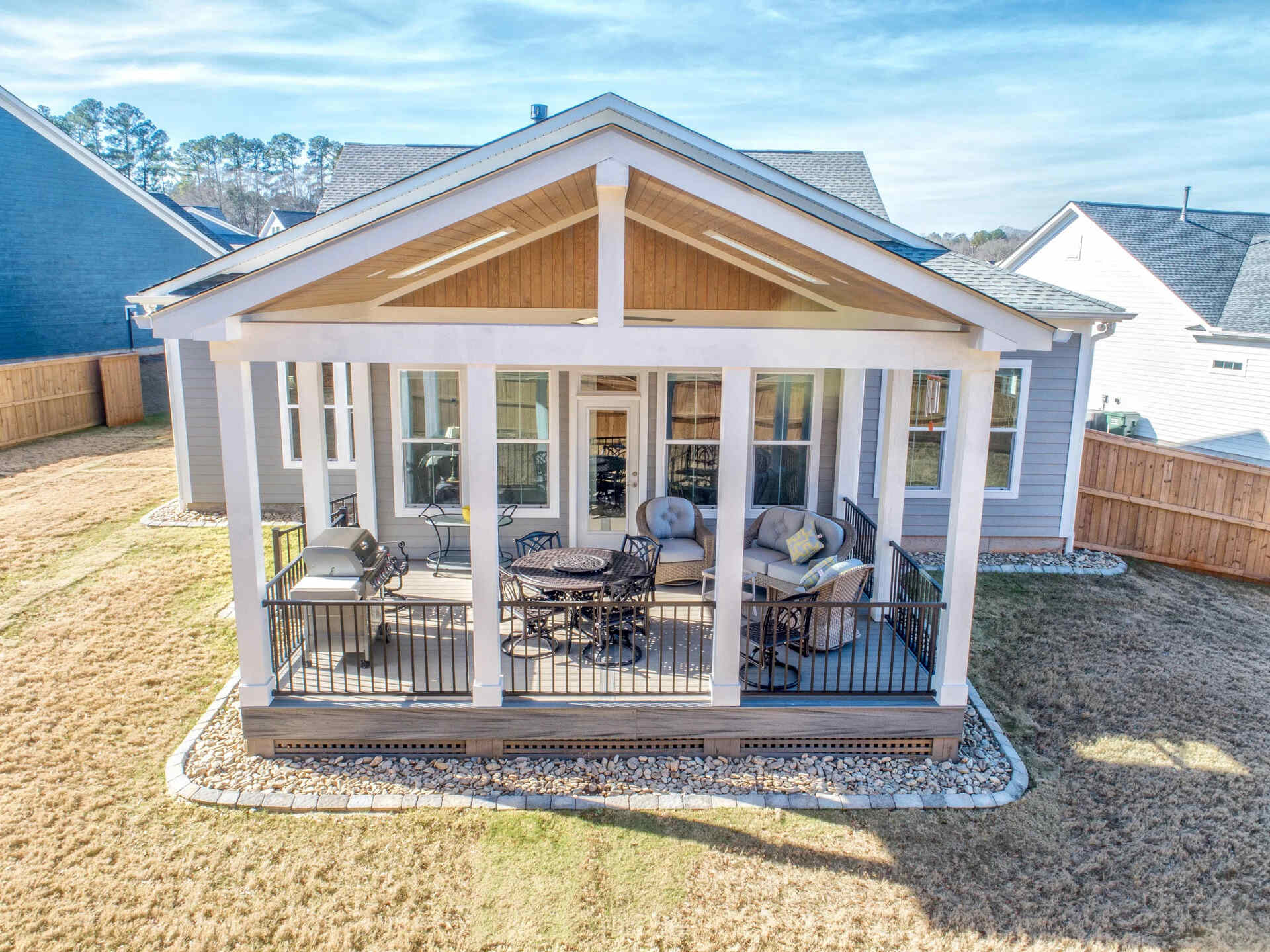
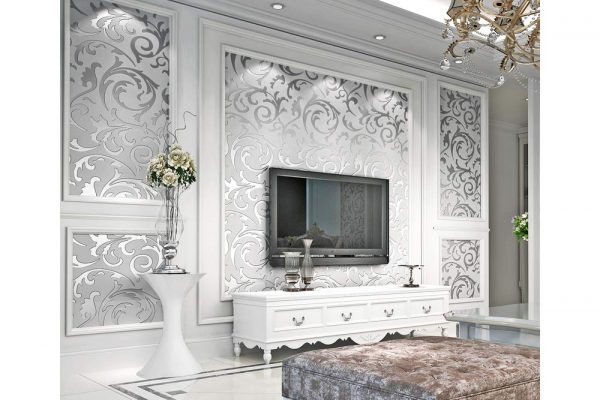
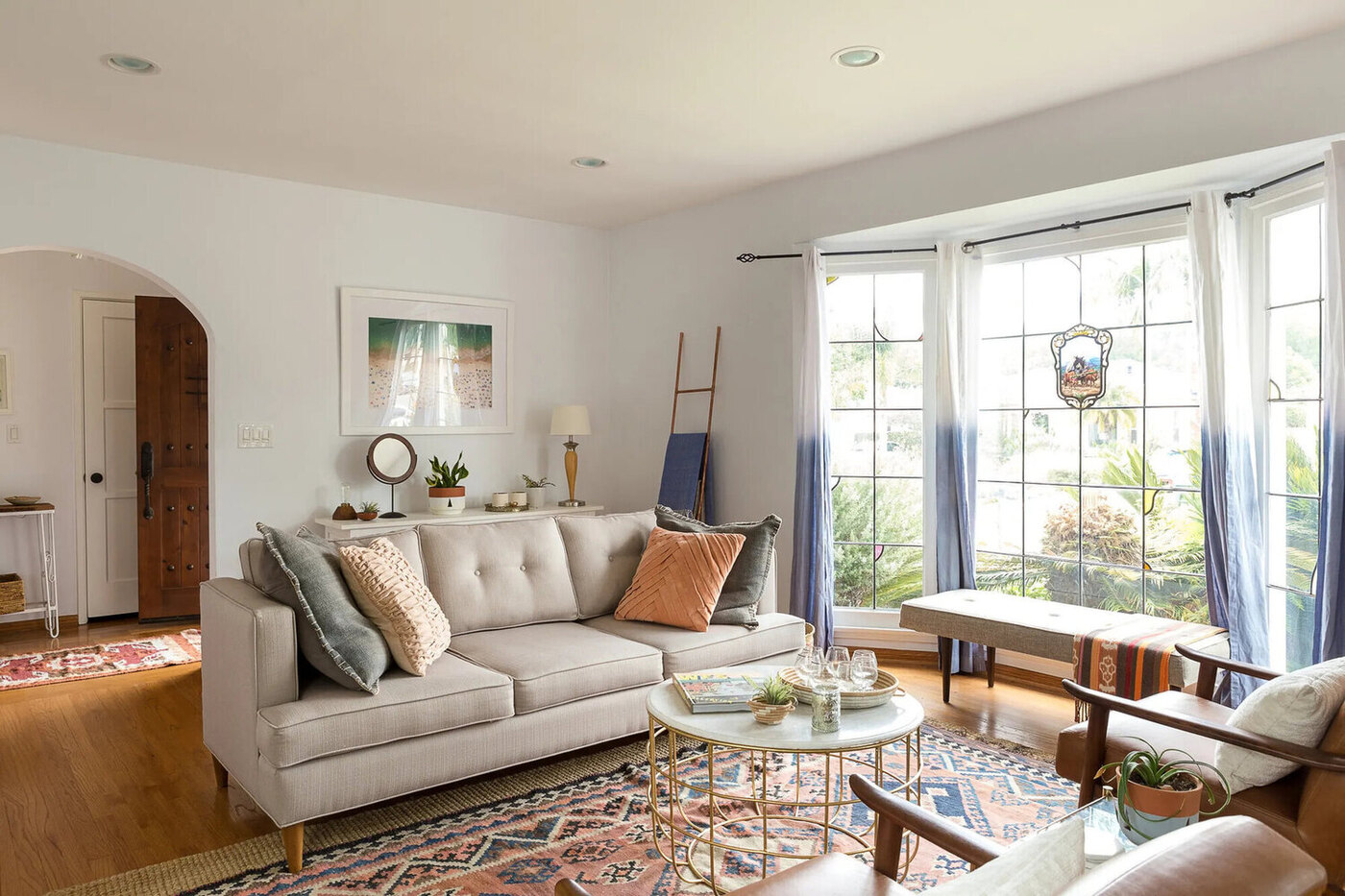
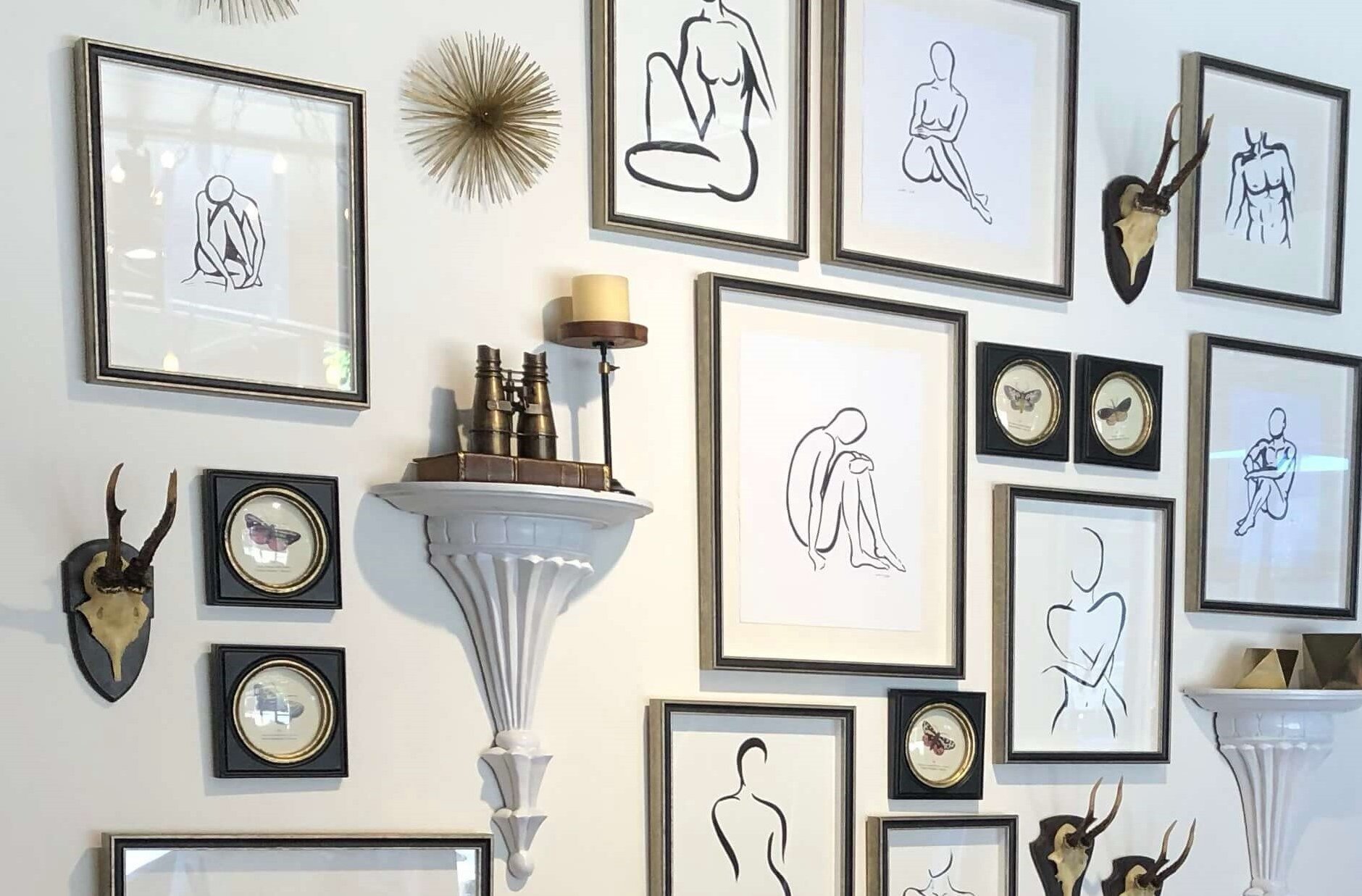
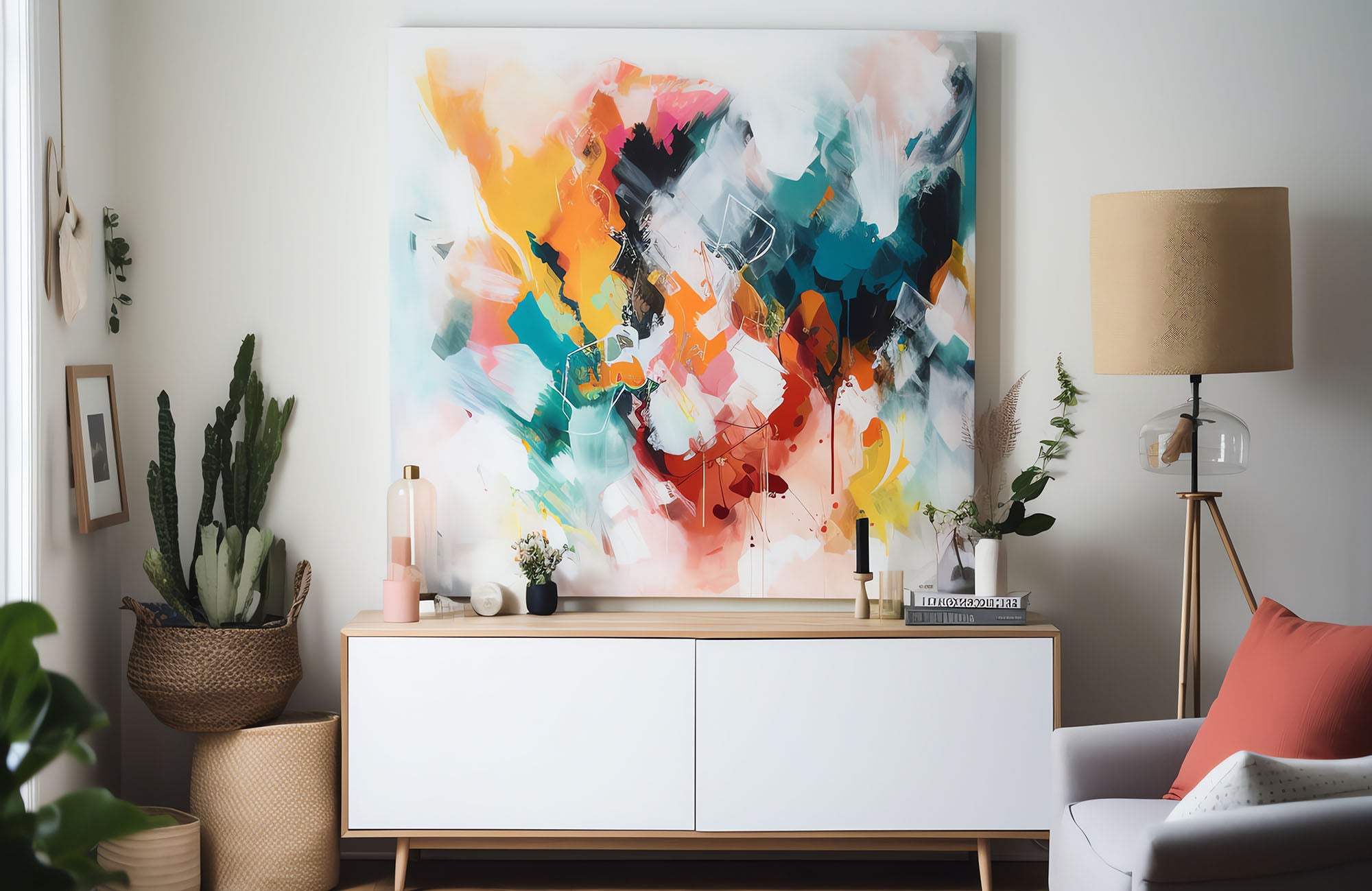
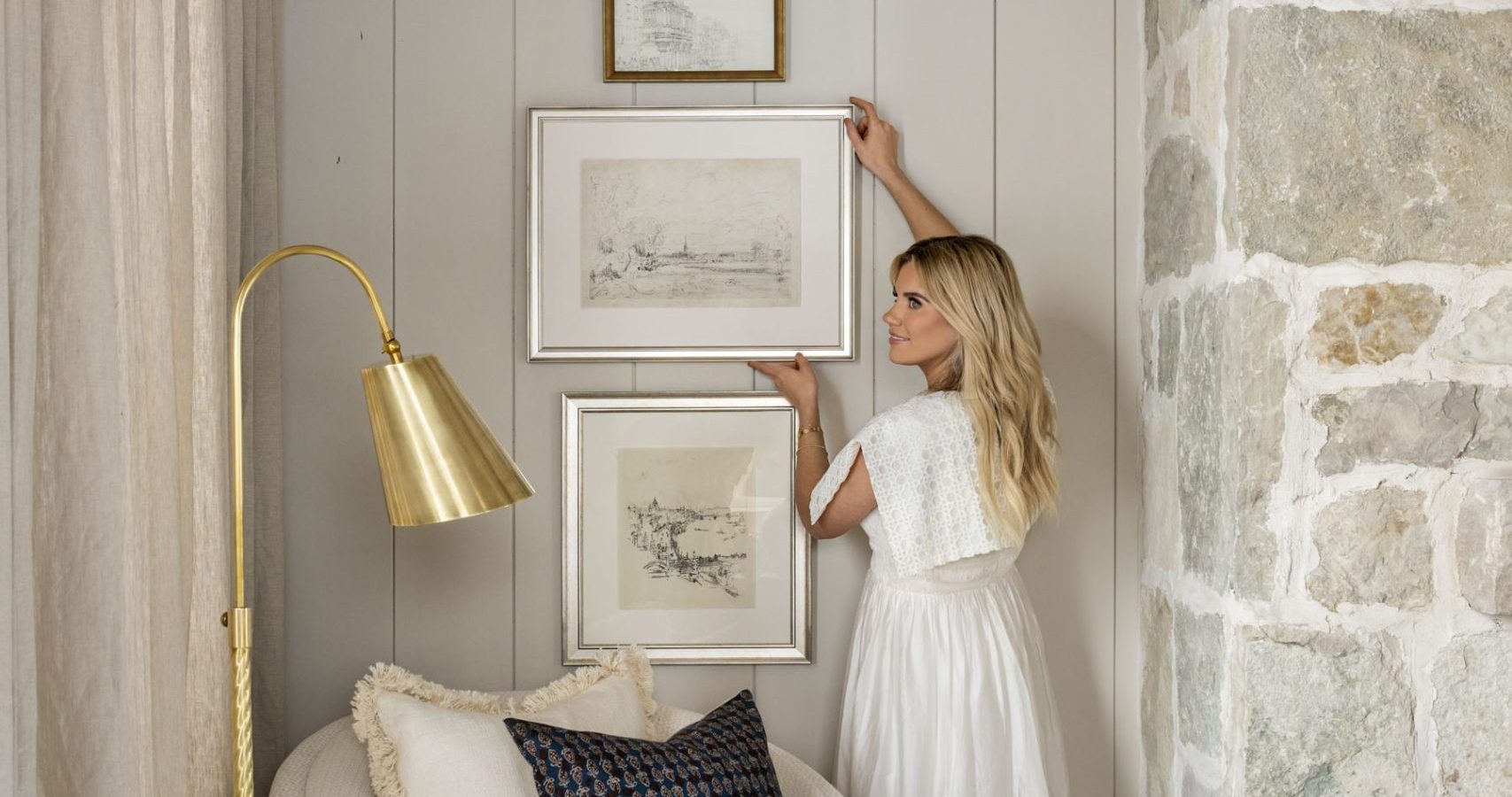
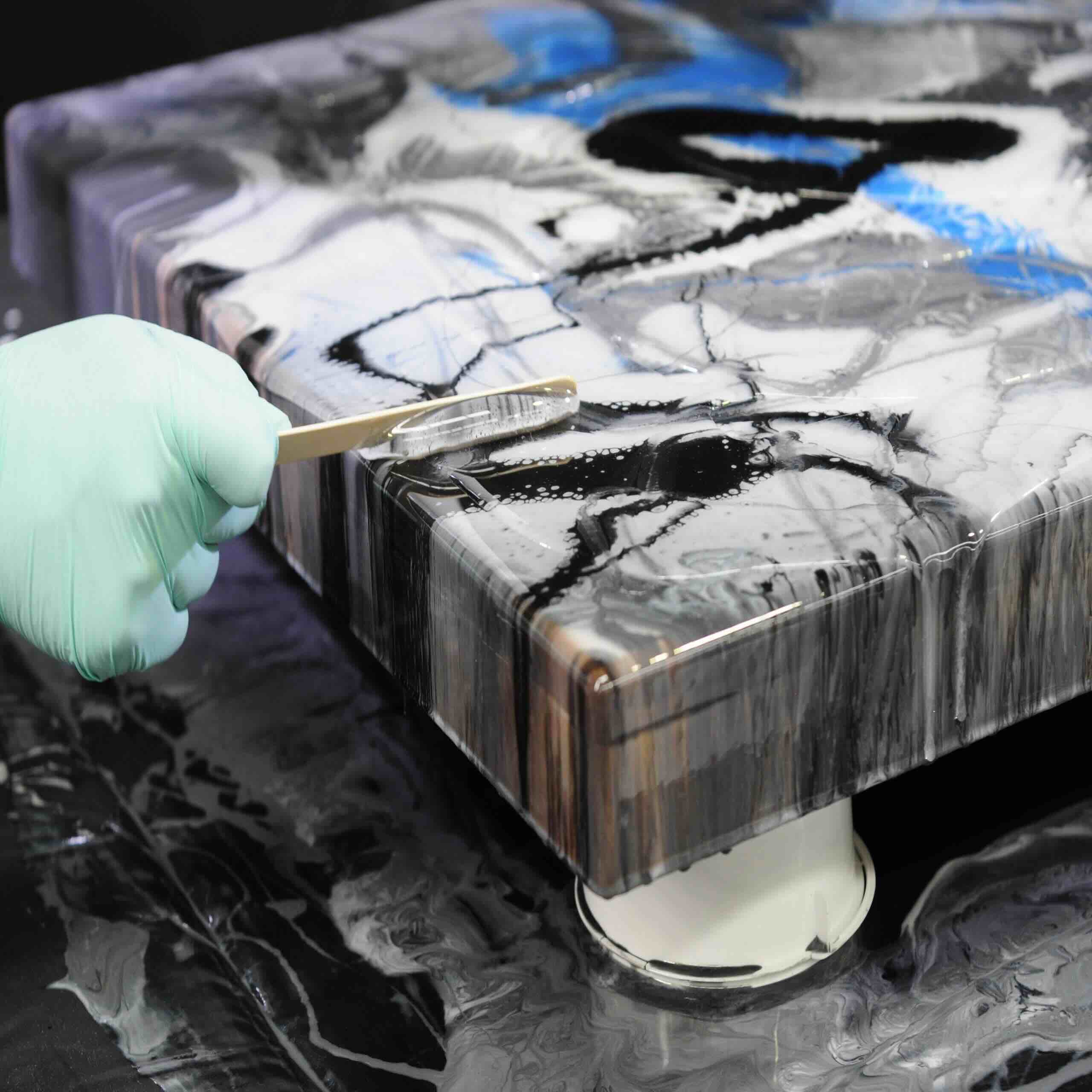


0 thoughts on “How To Design A House For Art”